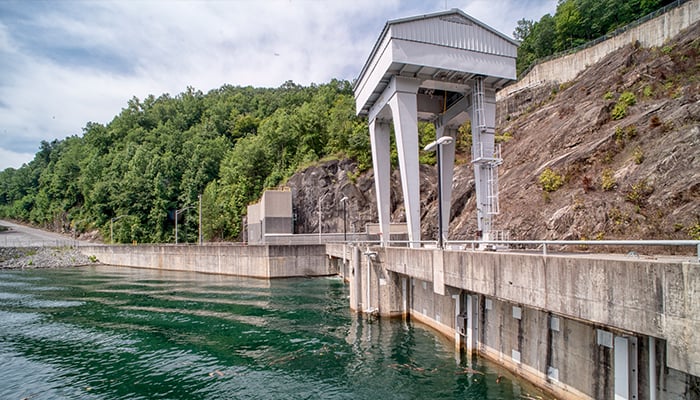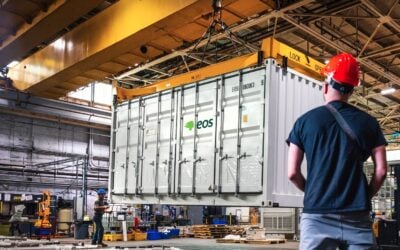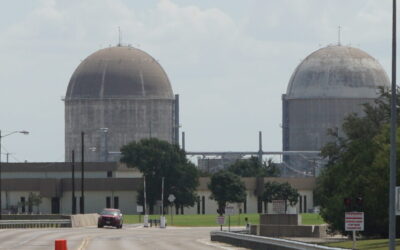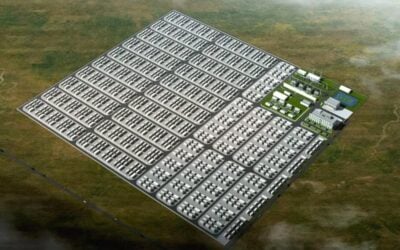
A proposed 2,650MW pumped hydro energy storage project in Washington State has received a preliminary permit from the US Federal Energy Regulatory Commission (FERC).
Developer Daybreak Power said yesterday that its US$4.9 billion Halverson Canyon Pumped Storage project received the favourable regulatory decision just before the end of June. The project would be built about 35 miles upstream from the Columbia River’s Grand Coulee Dam and Daybreak said it would enable the integration and delivery of wind and solar power from Montana and other Northwestern areas, delivering electricity to Seattle, Portland and across the region.
Enjoy 12 months of exclusive analysis
- Regular insight and analysis of the industry’s biggest developments
- In-depth interviews with the industry’s leading figures
- Annual digital subscription to the PV Tech Power journal
- Discounts on Solar Media’s portfolio of events, in-person and virtual
Daybreak proposes to build an upper reservoir above Lake Roosevelt, using cheap and surplus renewable energy to pump the water up into it and then drop it through turbines to drive electricity generation when it is most needed. Daybreak did not provide a megawatt-hour figure for capacity but said it would enable the generation of 10 hours of on-demand energy daily, which would put it at at least 26,500MWh.
The project site is planned to minimise disruption to the local environment, local wildlife and population and the developer is working with local stakeholders including landowners, conservation groups and tribes on the planning process.
“Study after study shows we’re going to need massive amounts of storage to integrate high levels of wind and solar, and we need to do it smart. The Halverson Canyon project does that. This project marks a turning point for the Pacific Northwest to transition off fossil resources and onto carbon-free renewables at a scale never seen before,” Daybreak Power CEO Jim Day said.
Daybreak said it is developing a total 50,000MW pipeline of pumped hydro projects. It has made solid proposals for three in total including Halverson Canyon, with the other two being Next Generation Pumped Storage, a 1,540MW facility near Nevada’s Hoover Dam and Navajo Energy Storage Station, a 2,210MW plant near Lake Powell in Arizona.
Pumped hydro developers seek renaissance for legacy clean energy technology
Pumped hydro storage still constitutes the vast majority of the world’s installed electricity storage capacity, despite the recent rapid growth of lithium-ion storage as an option over the past five to seven years. However, despite the low emissions profile and low lifetime cost of energy of pumped hydro, the capital cost of projects and the difficulty of siting large facilities at locations where upper and lower reservoirs can be found or built has been a barrier to new developments for many years.
There appears however to be something of a global renaissance for the technology. The first new pumped hydro project in Australia for nearly 40 years has just gotten underway and in a blog for this site in June, we collected some of the other recent projects under development in countries and regions including Uzbekistan, the UAE, California, Scotland and India.
Within the Pacific Northwest area of the US where Daybreak is developing Halverson Canyon, Energy-Storage.news reported in November 2020 that fund management company Copenhagen Infrastructure Partners (CIP) acquired the Swan Lake 400MW project in Klamath County, Oregon and the 1,200MW Goldendale project in Washington’s Klickitat County. Both are at different stages of development by hydropower developer Rye Developments.






